Tech Articles
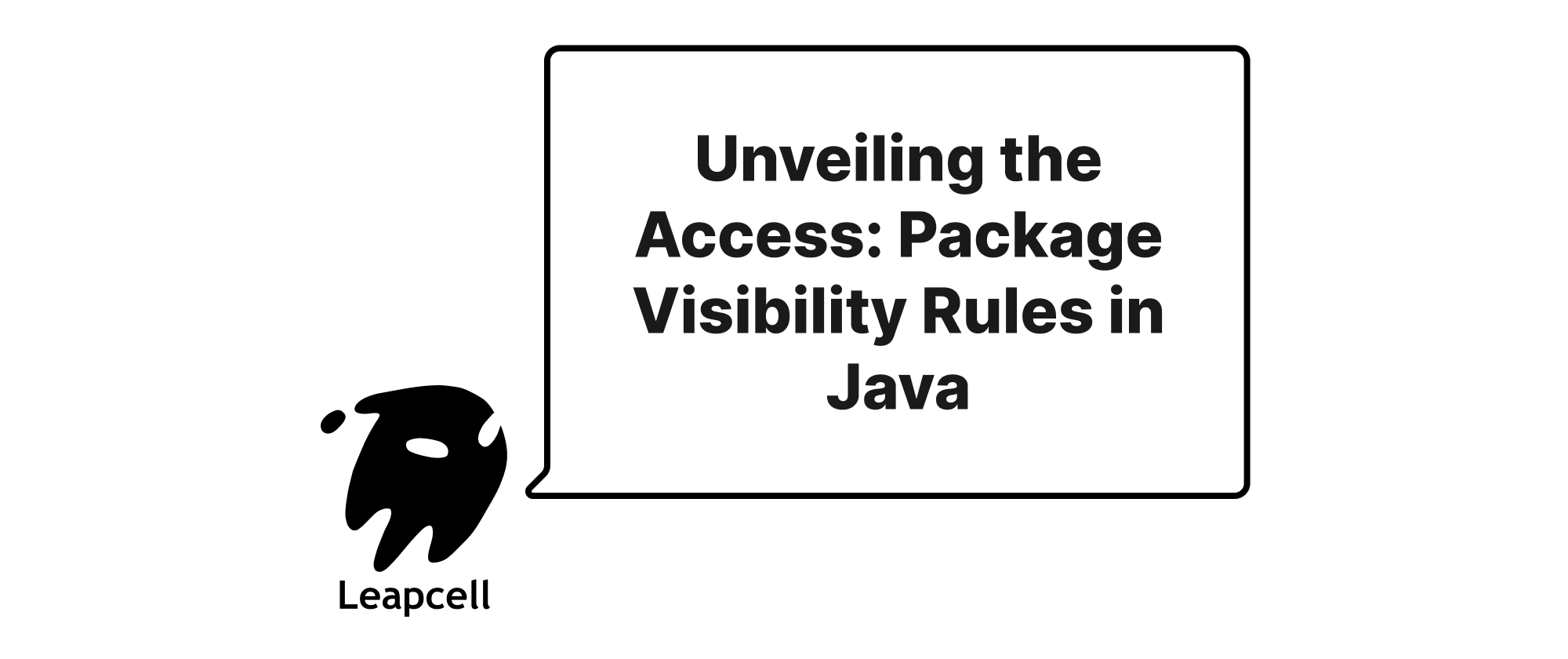
Visibility in Go - Demystifying Uppercase and Lowercase Identifiers
Explore the fundamental visibility rules in Go, specifically how uppercase and lowercase identifiers dictate the accessibility of packages, types, functions, and variables, both within a package and across different packages.
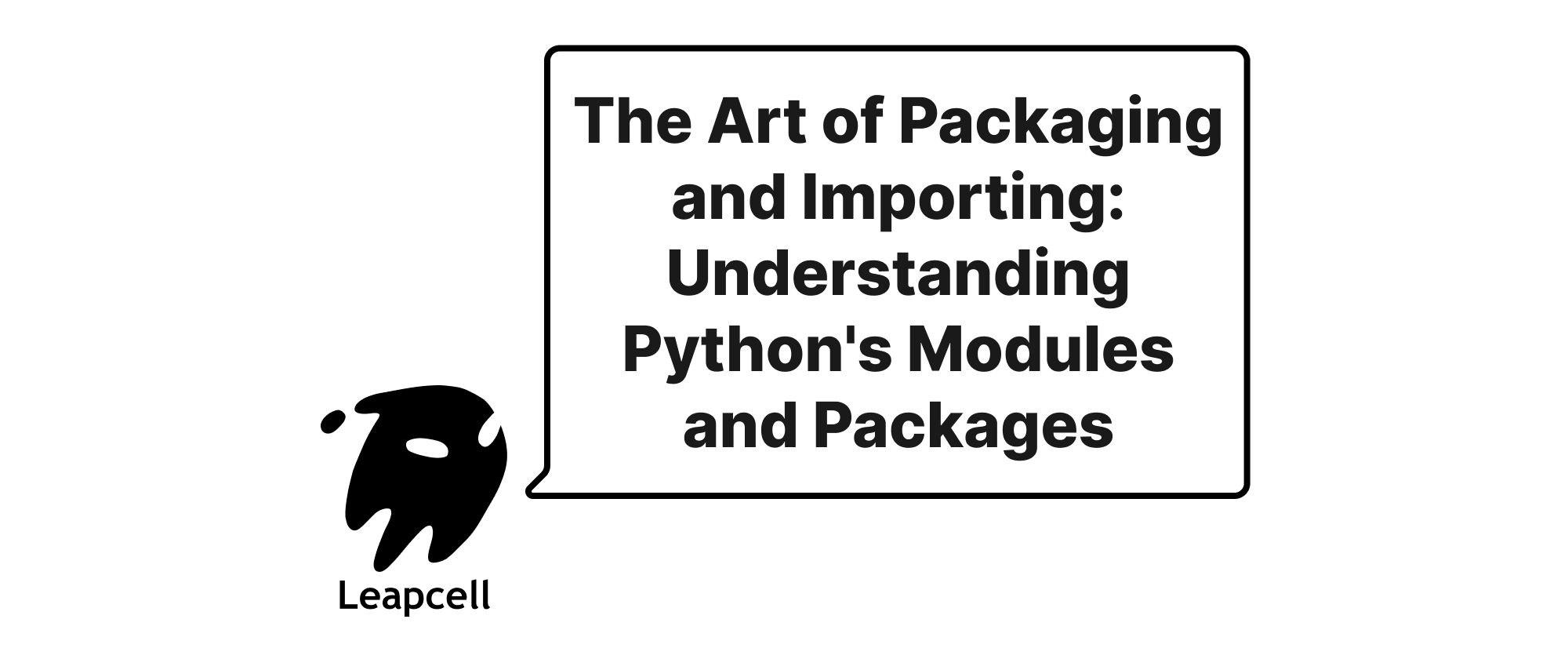
Unpacking Go Packages: Definition, Structure, and Import Mechanisms
This article delves into the fundamental concepts of packages in Go, explaining their definition, structural organization, and the various ways they can be imported and utilized within a Go project, complete with practical code examples.
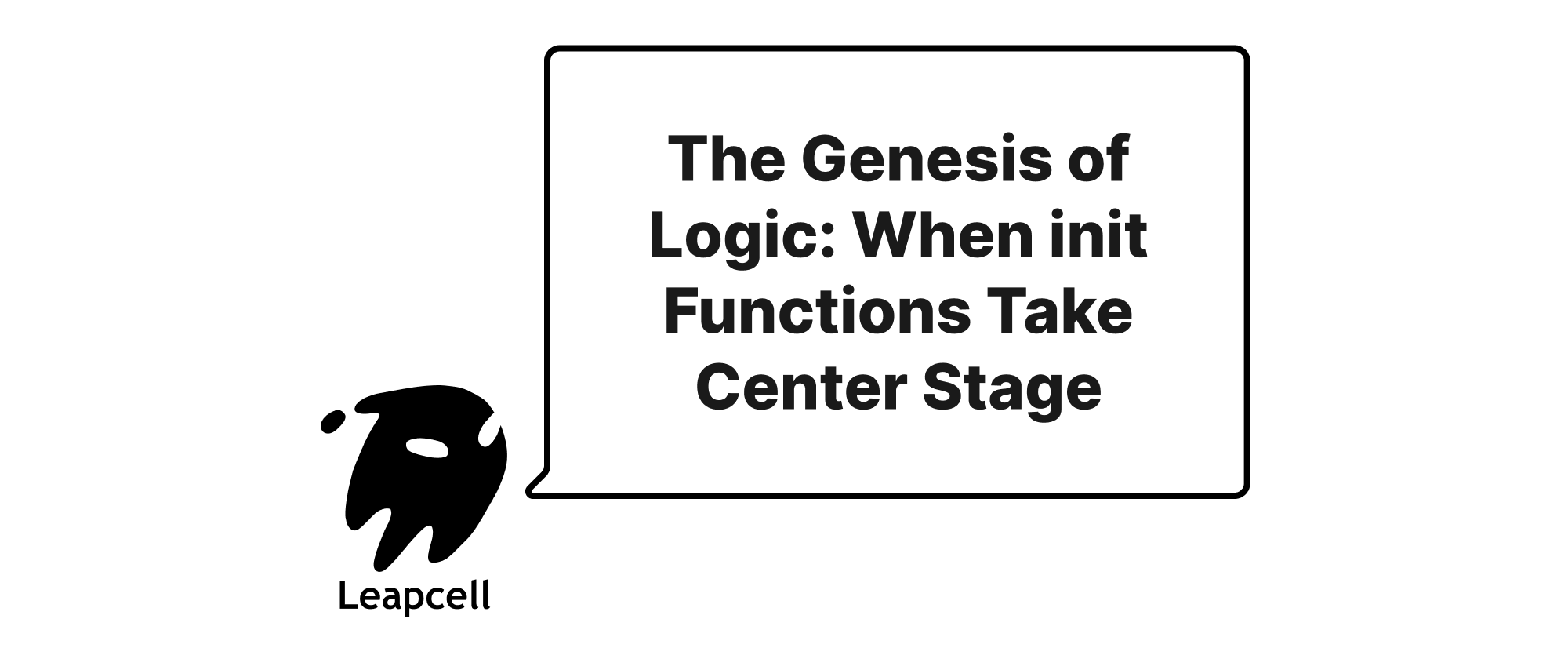
The init Function in Go: Orchestrating Initialization Logic
Delving into the Go language's `init` function, exploring its unique execution timing, use cases, and how it empowers developers to meticulously control initialization processes within their applications.
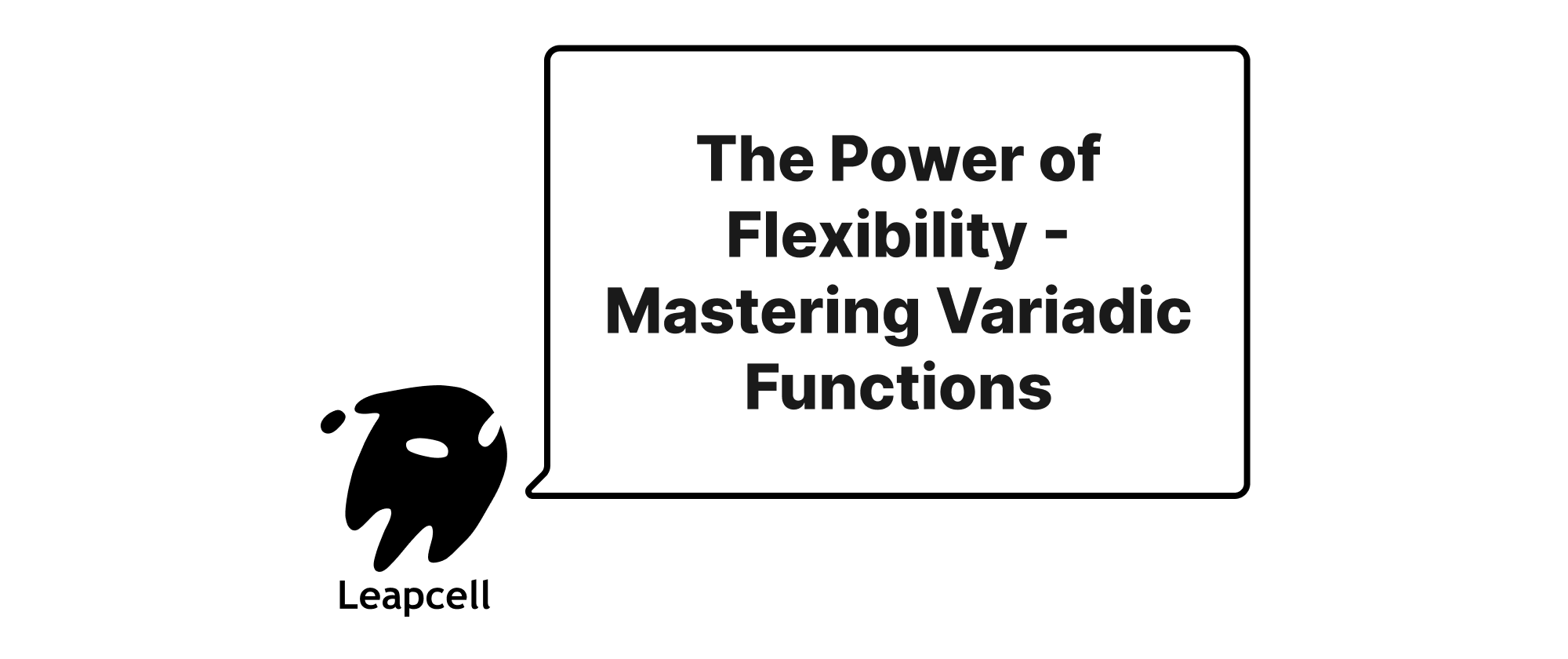
Mastering Variadic Functions in Go: Flexibility and Power
This article delves into Go's variadic functions, exploring their syntax, common use cases, and best practices. It covers how they enhance flexibility in function design and provides practical examples for clearer understanding.
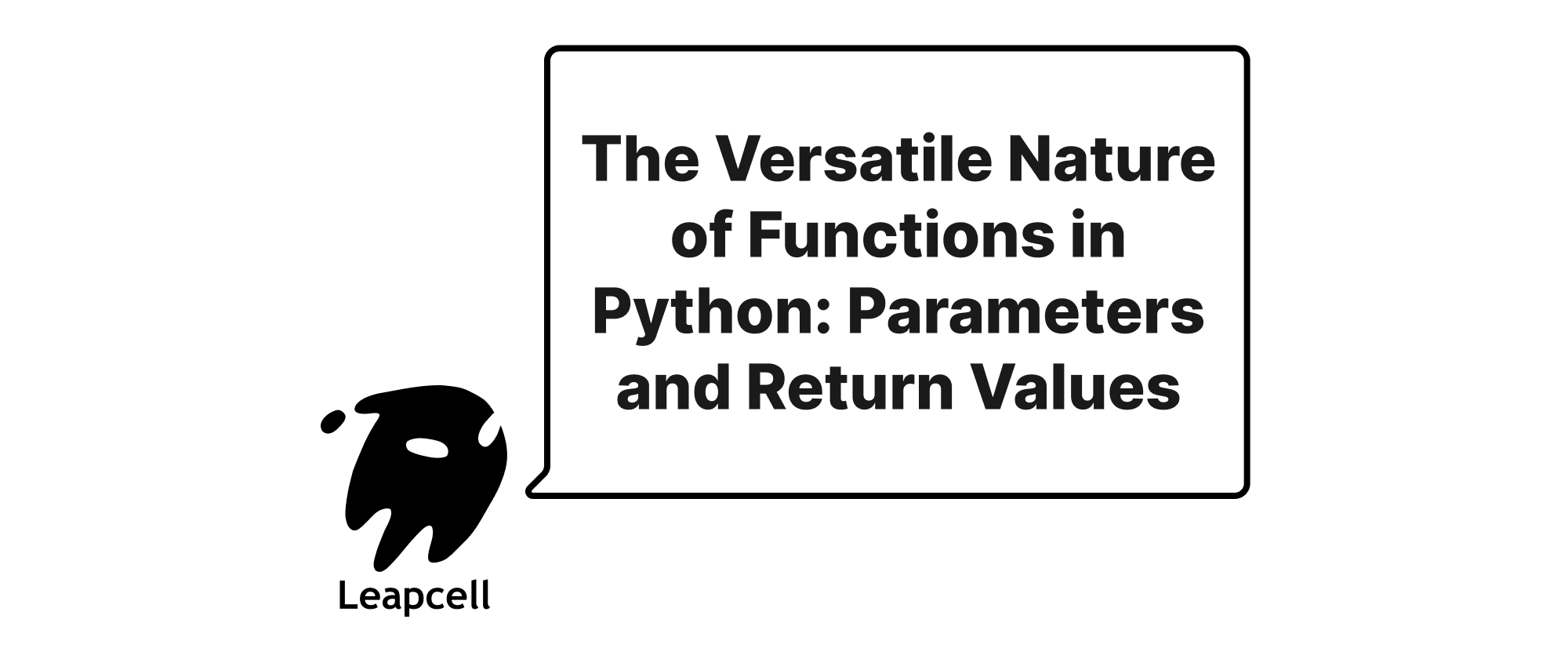
Unleashing Flexibility: Functions as First-Class Citizens in Go
This article delves into the powerful concept of functions as parameters and return values in Go, exploring its implications for code organization, reusability, and the implementation of advanced programming patterns like callbacks and closures. Through practical examples, it demonstrates how embracing this feature leads to more elegant and efficient Go programs.
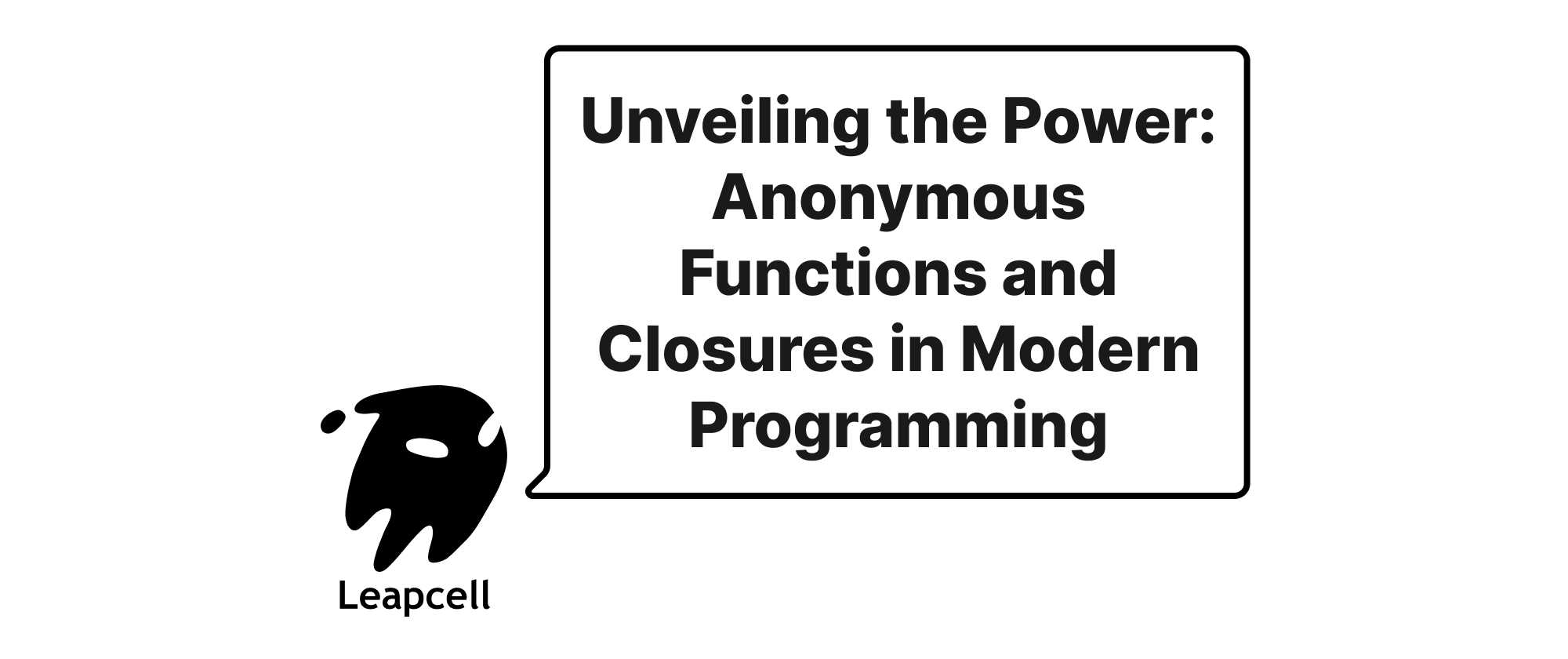
Anonymous Functions and Closures in Go
This article delves into the concepts of anonymous functions and closures in the Go programming language, explaining their utility, implementation, and common use cases with practical examples.
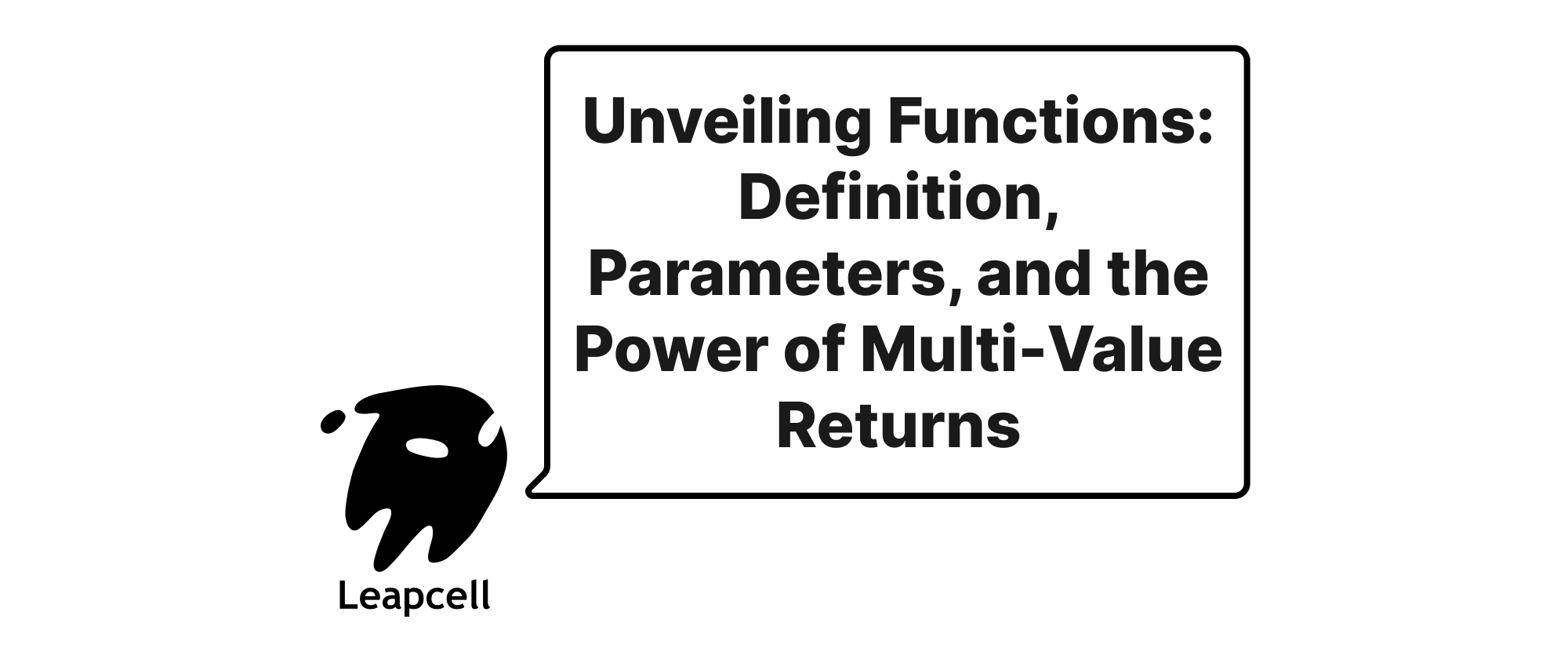
Understanding Functions in Go - Definition, Parameters, and (Multiple) Return Values
This article delves into the fundamental aspects of functions in Go, covering their definition, how to pass and receive parameters, and Go's unique capability of returning multiple values, illustrated with practical code examples.
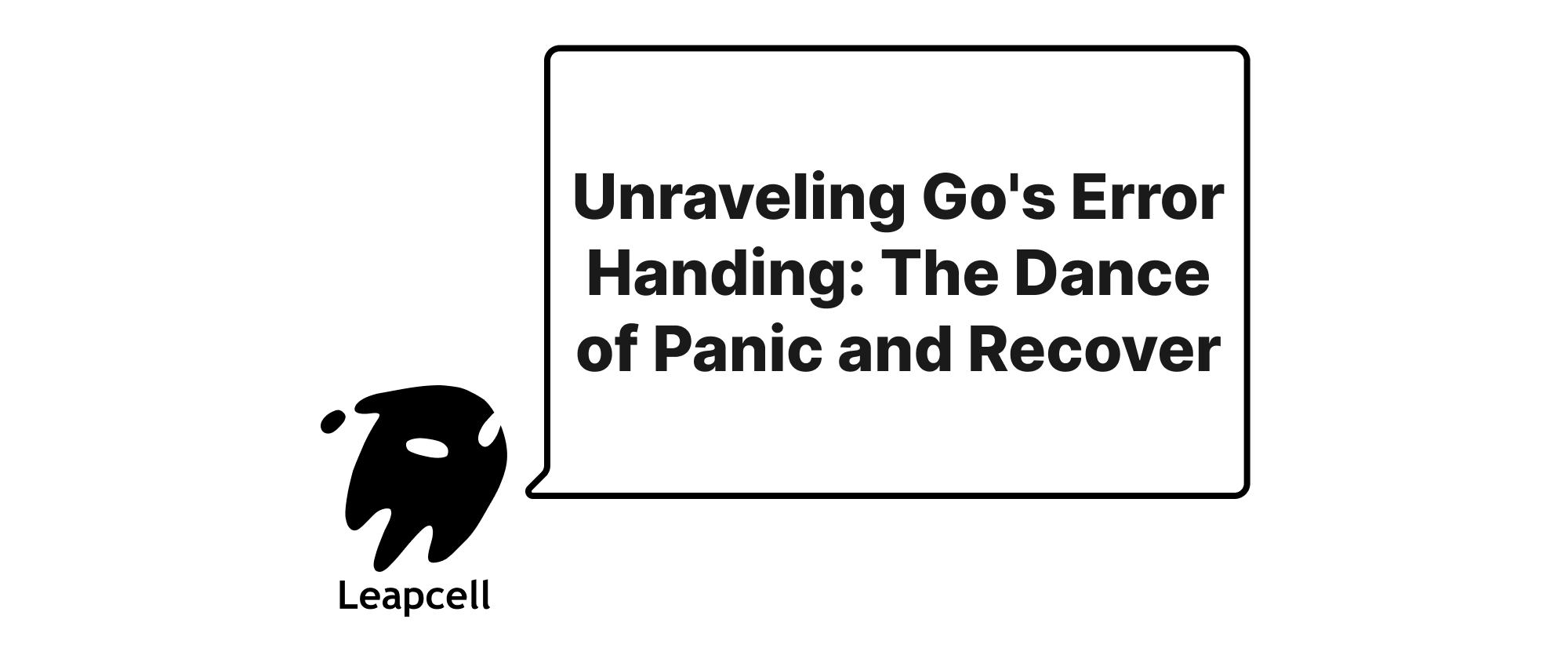
Panic and Recover: Understanding Go's Error Handling
This article delves into Go's distinctive error handling mechanism, focusing on the `panic` and `recover` functions. It explores their use cases, differences from traditional exceptions, and best practices for building robust and reliable Go applications.
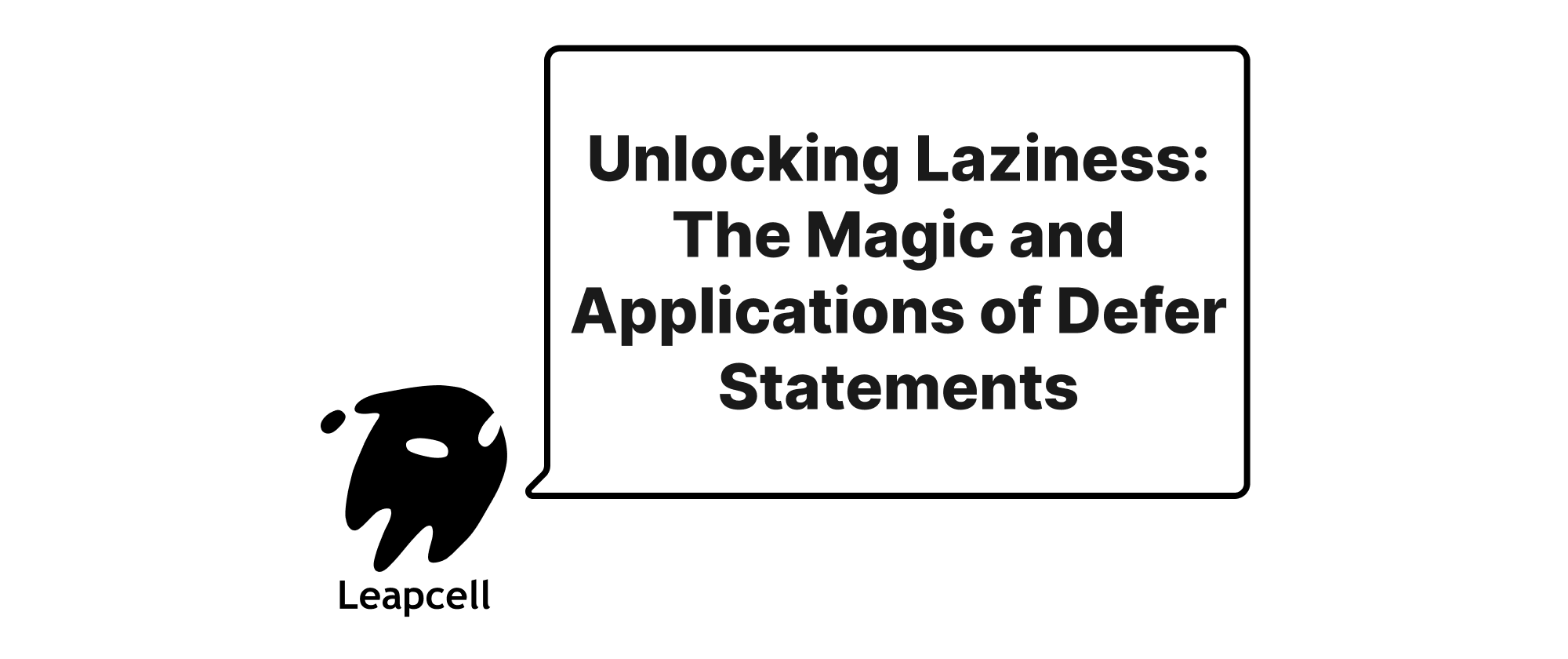
Unlocking Deferred Execution: The Magic Behind Go's `defer` Statement
Dive deep into Go's `defer` statement, understanding its mechanics for ensuring timely resource closure and unlocking, and exploring its wide array of practical applications beyond just file management.
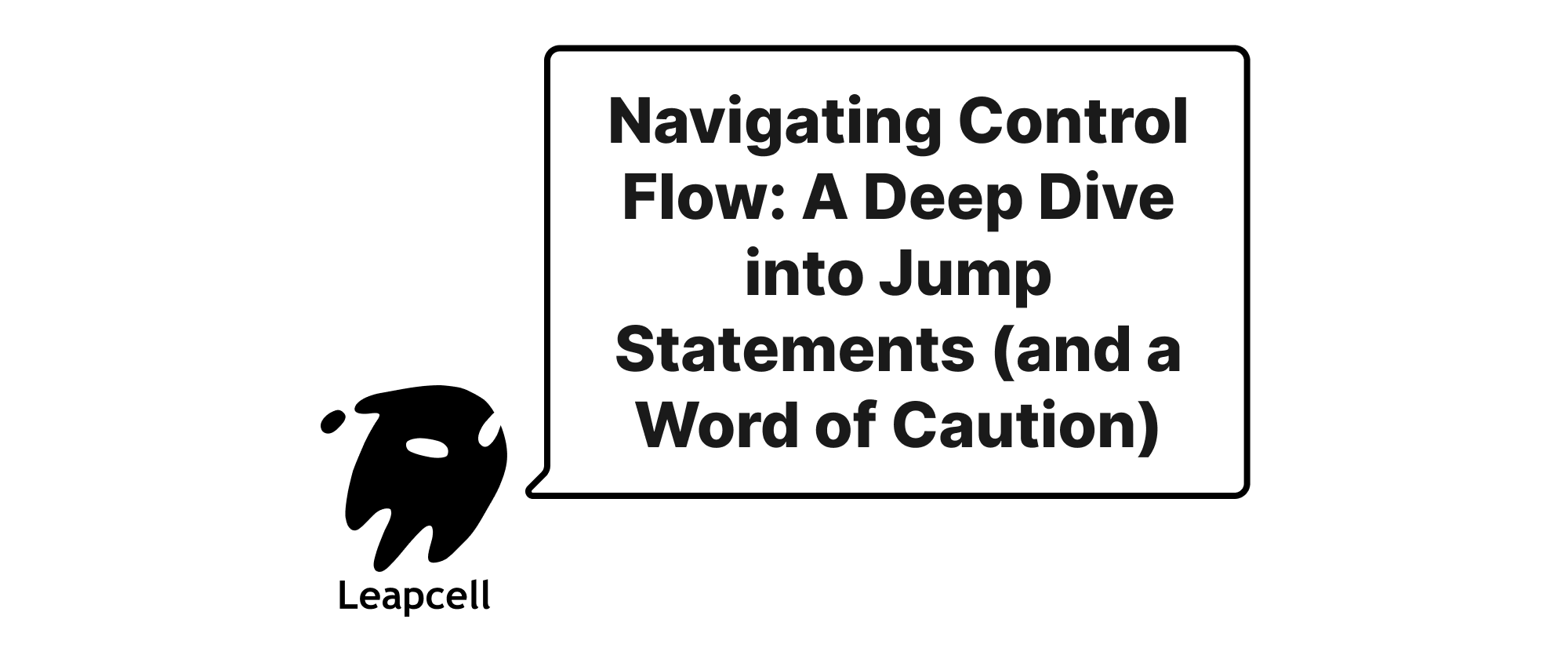
Controlling Flow in Go: Demystifying break, continue, and the Avoidable goto
This article explores flow control mechanisms in Go, specifically focusing on the `break` and `continue` statements for loop manipulation, and offering a cautionary discussion on the `goto` statement, emphasizing its limited and often unfavorable use cases in modern Go programming.
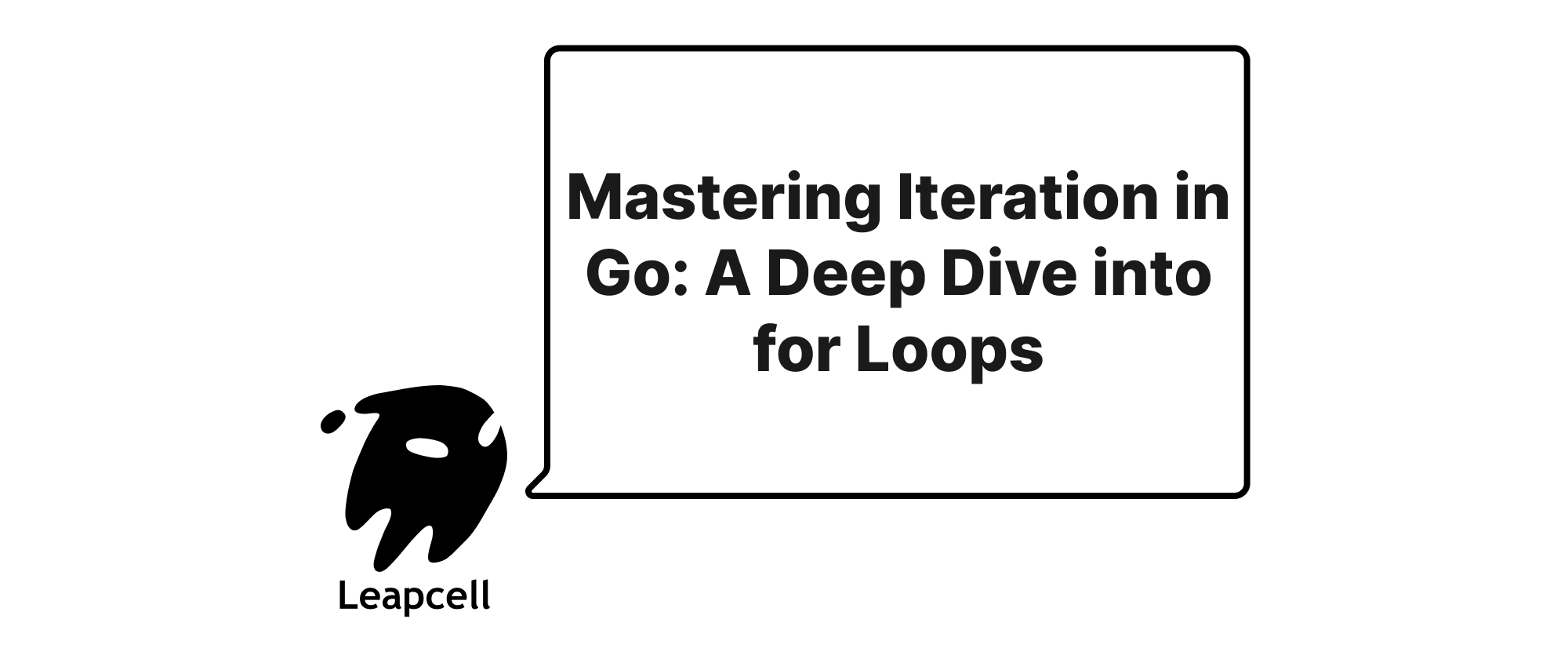
Mastering Iteration in Go: A Deep Dive into for Loops
This article provides a comprehensive guide to Go's versatile for loop, exploring its two main forms: the traditional C-style three-component loop and the powerful for-range loop, with practical code examples.
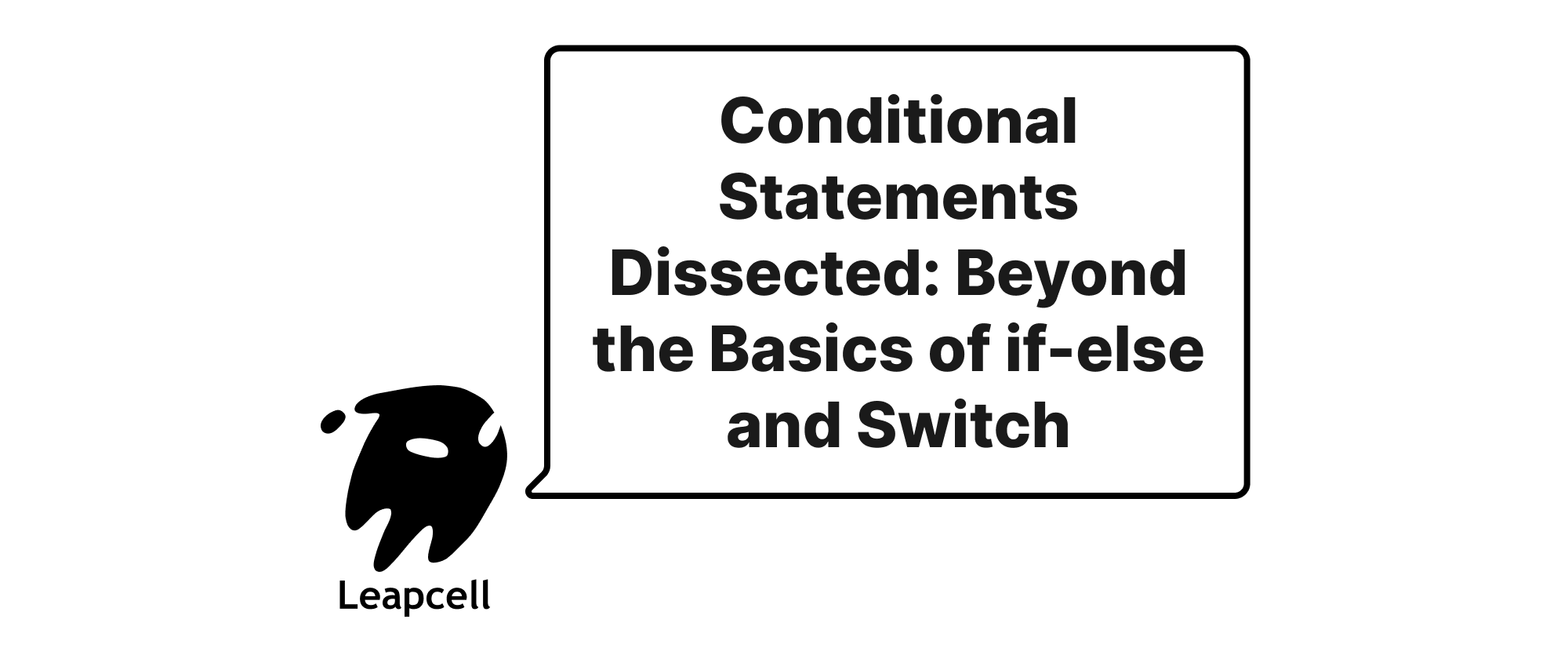
Conditional Statements in Go: A Deep Dive into if-else and Advanced switch Usage
Explore the nuances of conditional execution in Go, from the fundamental `if-else` construct to the versatile `switch` statement, including its advanced capabilities for type assertion, expression evaluation, and `fallthrough` control.
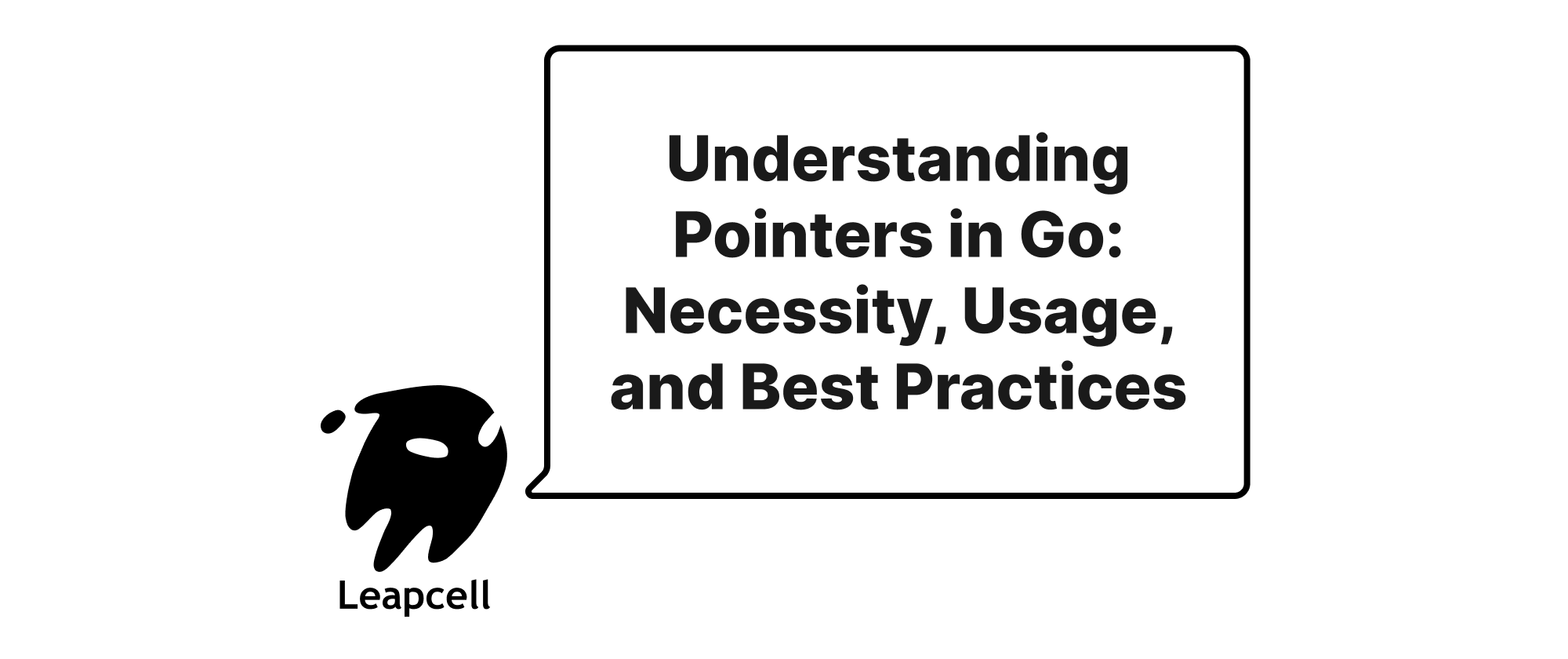
Unveiling the Power of Pointers in Go: Usage and Best Practices
This article delves into the necessity of pointers in Go, their fundamental usage, and how to effectively leverage them for more efficient and robust Go applications, supported by practical code examples.
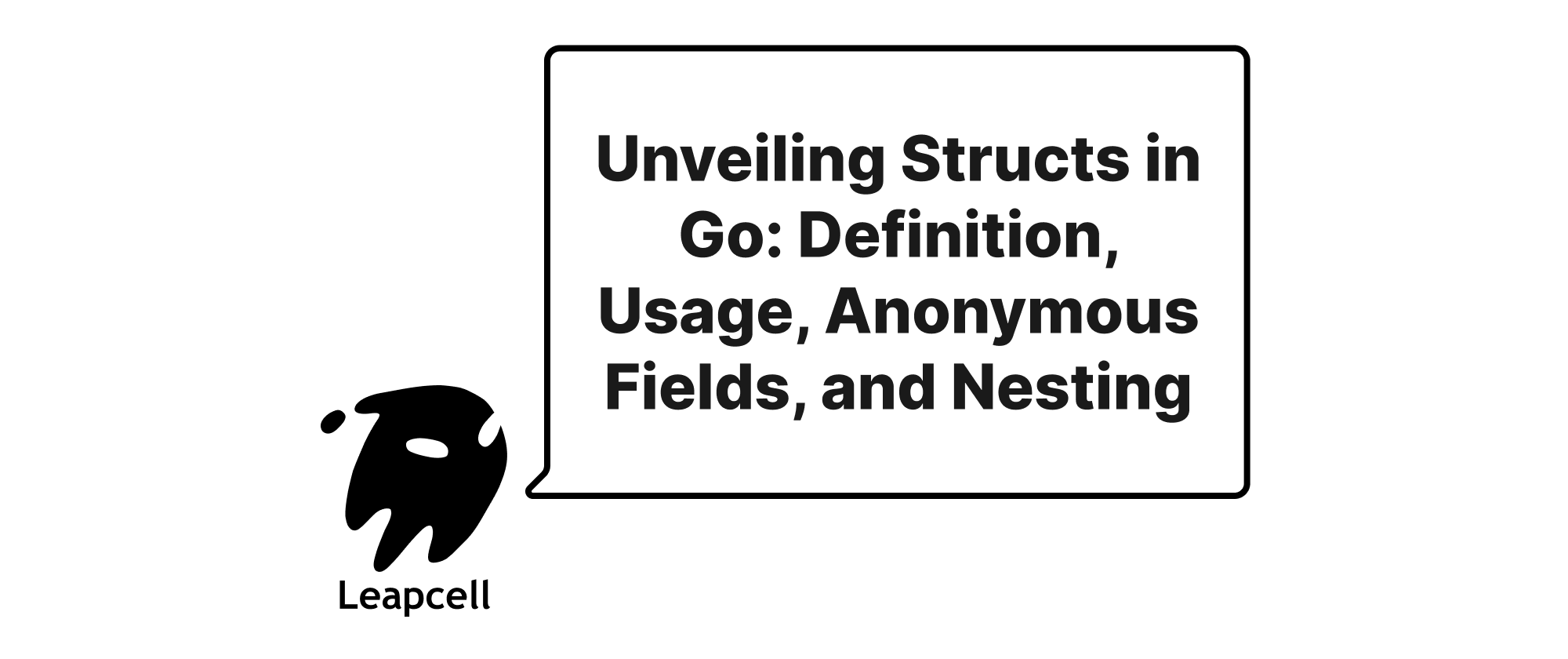
Understanding Go Structs: Definition, Usage, Anonymous Fields, and Nesting
A comprehensive guide to Go structs, covering their definition, initialization, practical uses, the power of anonymous fields, and how to effectively leverage struct nesting for robust data modeling.
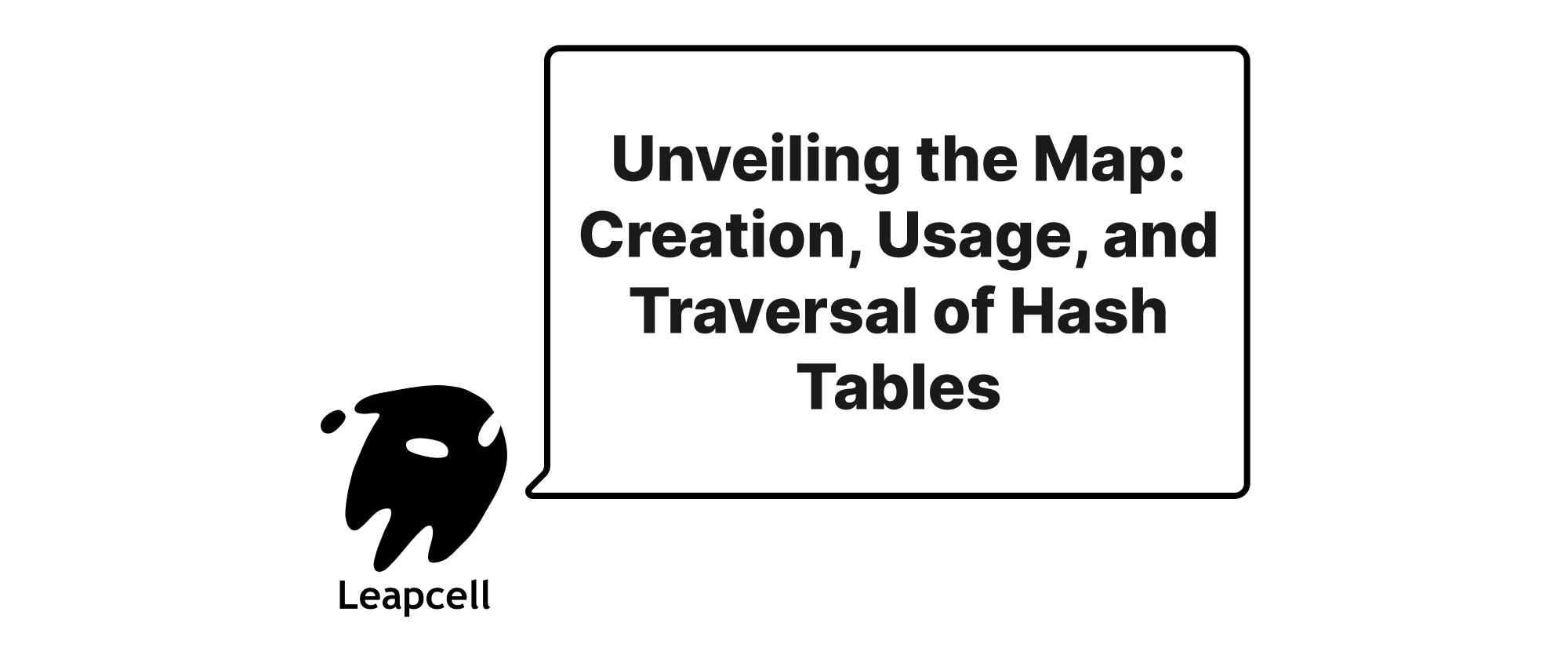
Go's Map: Creation, Usage, and Iteration Demystified
A comprehensive guide to Go's map data structure, covering its creation, common operations like insertion, retrieval, and deletion, and various methods for iterating through its elements.
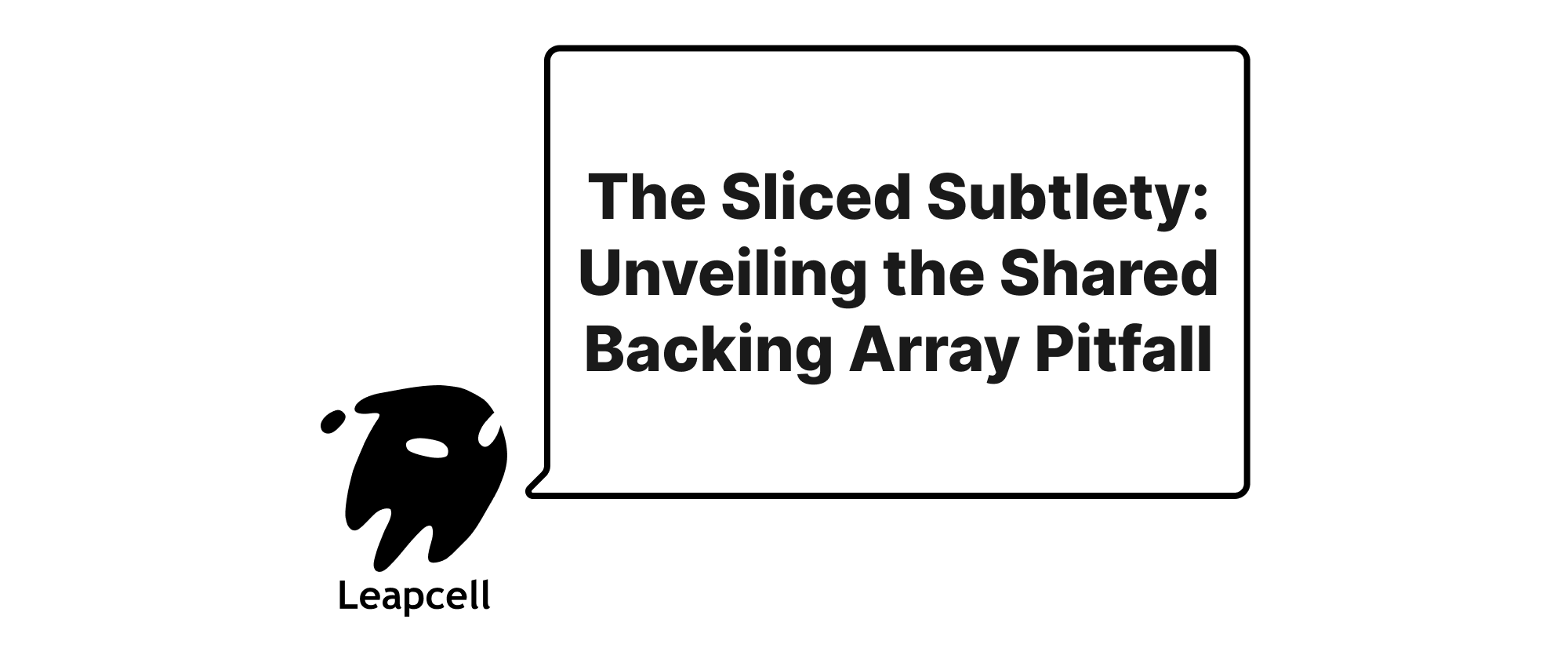
The Slicing Subterfuge: Unmasking Go's Underlying Array Bind
Delves into the common pitfalls of shared underlying arrays when working with slices in Go, illustrating how seemingly isolated slice operations can lead to unexpected data corruption and offering practical strategies to mitigate these issues.
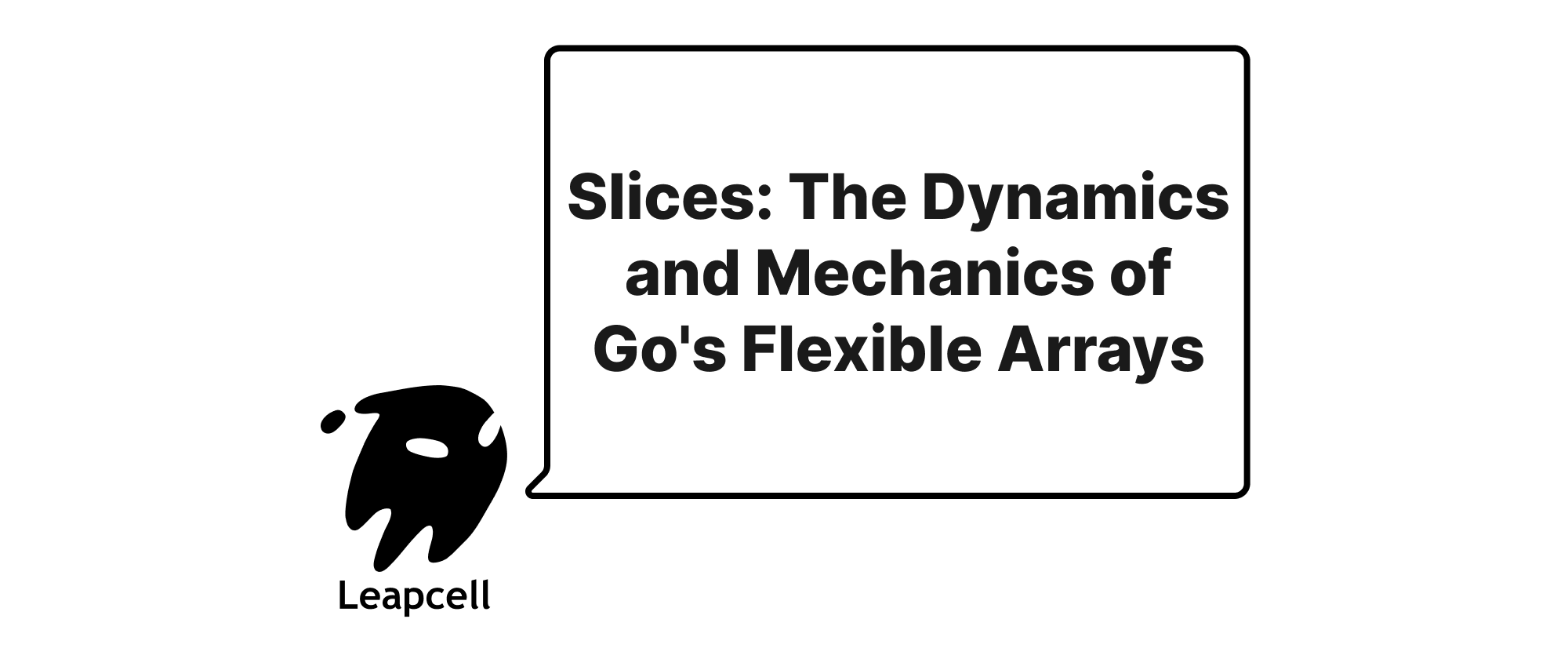
Understanding Slices in Go: Dynamic Arrays in Action
Exploring Go's slice type, its underlying array mechanism, and common operations like len, cap, append, and copy. Learn how slices provide a powerful and flexible way to manage dynamic collections in Go.
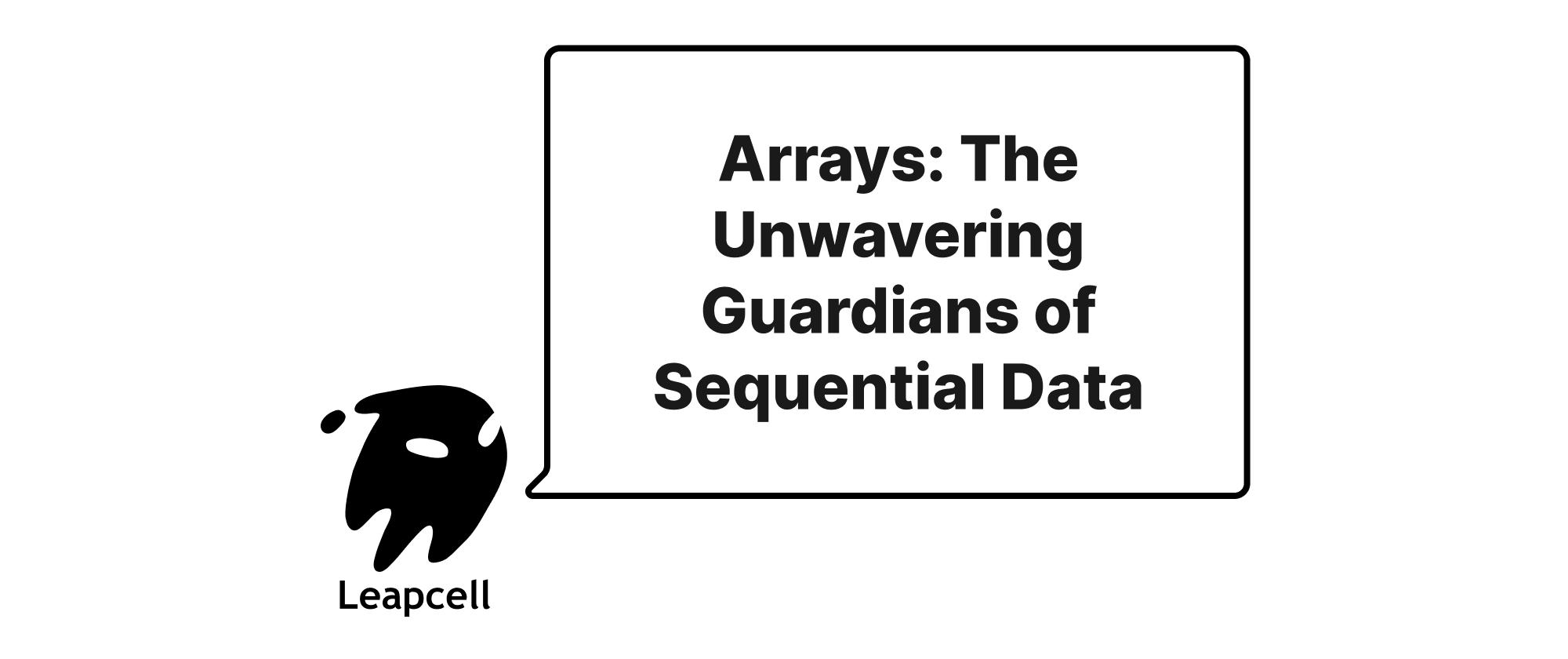
Go's Fixed-Length Sequences: Mastering Arrays
Explore the characteristics and practical applications of fixed-length arrays in Go, distinguishing them from slices and demonstrating their use cases with code examples.
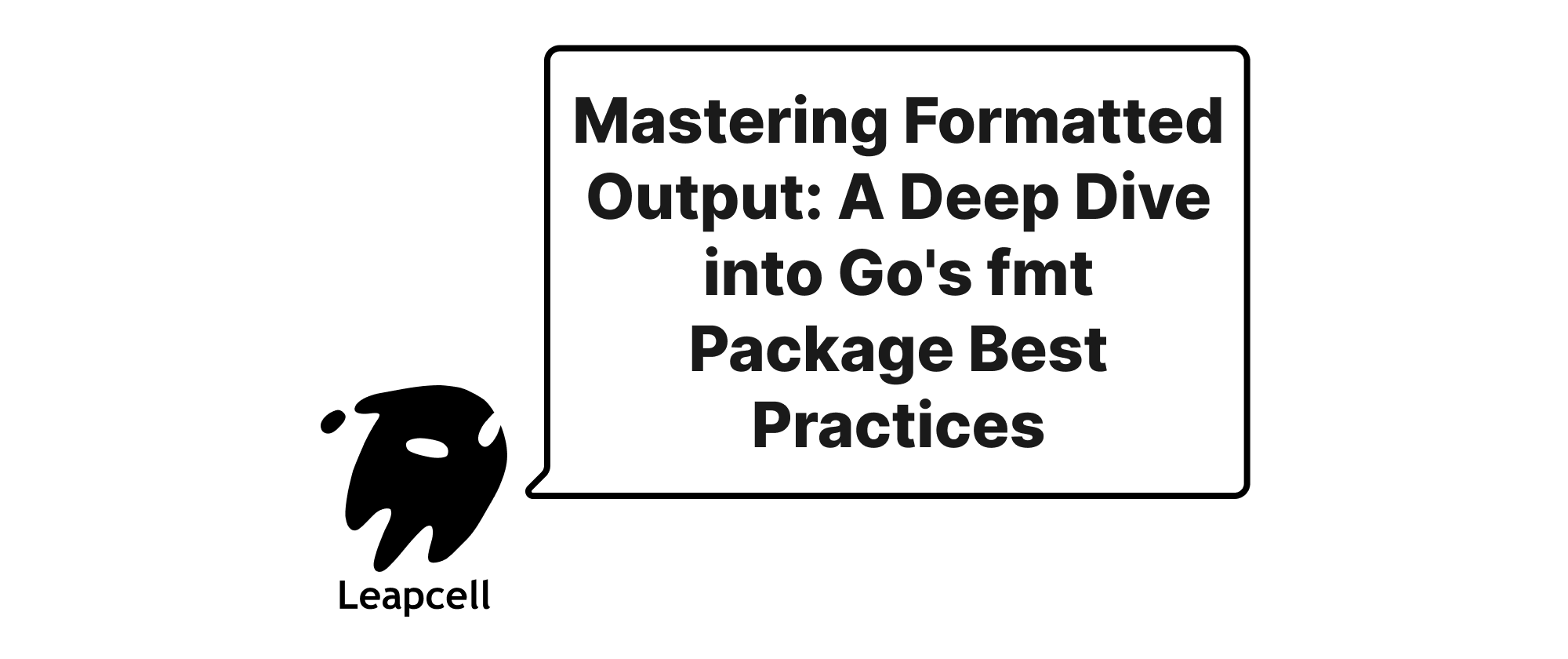
Mastering Formatted Output: A Deep Dive into Go's fmt Package Best Practices
Unlock the full potential of Go's fmt package for powerful and idiomatic formatted output. This article explores advanced techniques, common pitfalls, and best practices, illustrated with practical code examples.
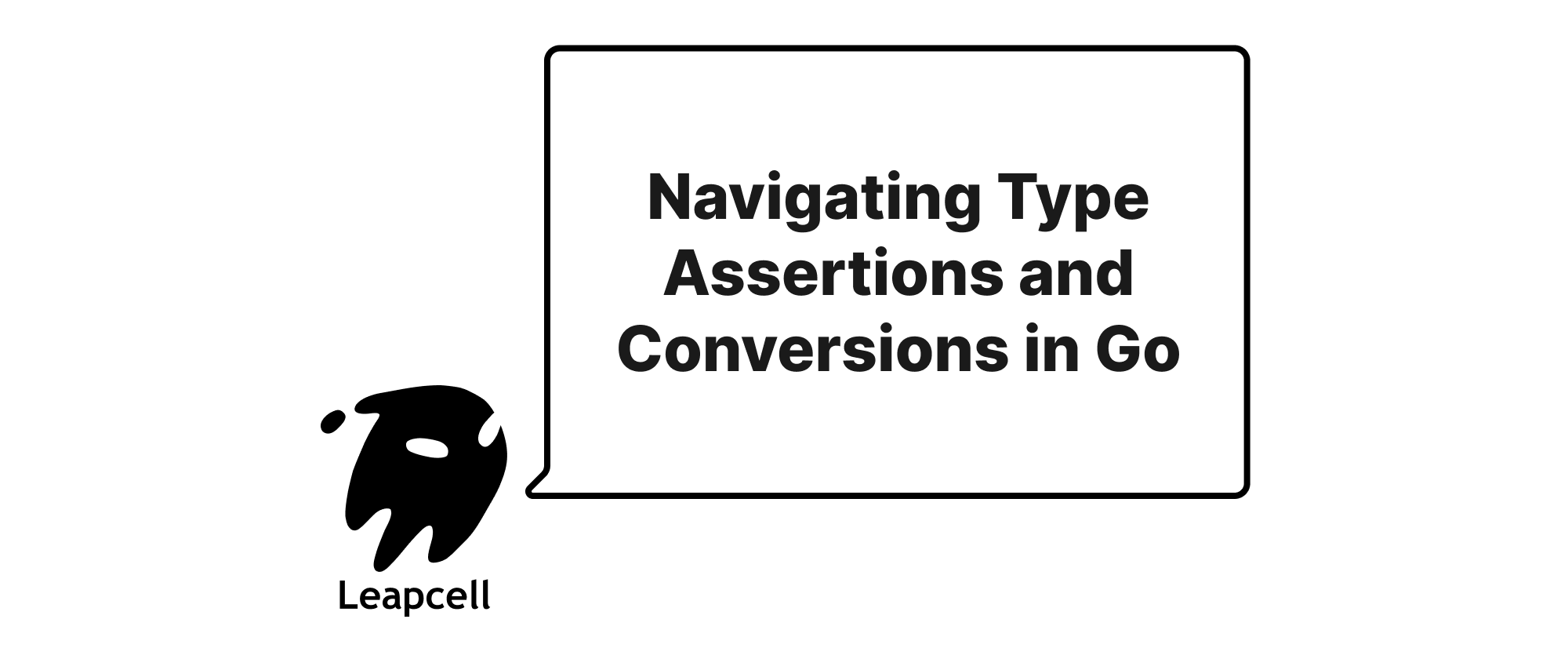
Navigating Type Assertions and Conversions in Go
This article delves into Go's mechanisms for type conversion and assertion, distinguishing between implicit and explicit conversions, and exploring how interfaces facilitate flexible type handling with practical examples.
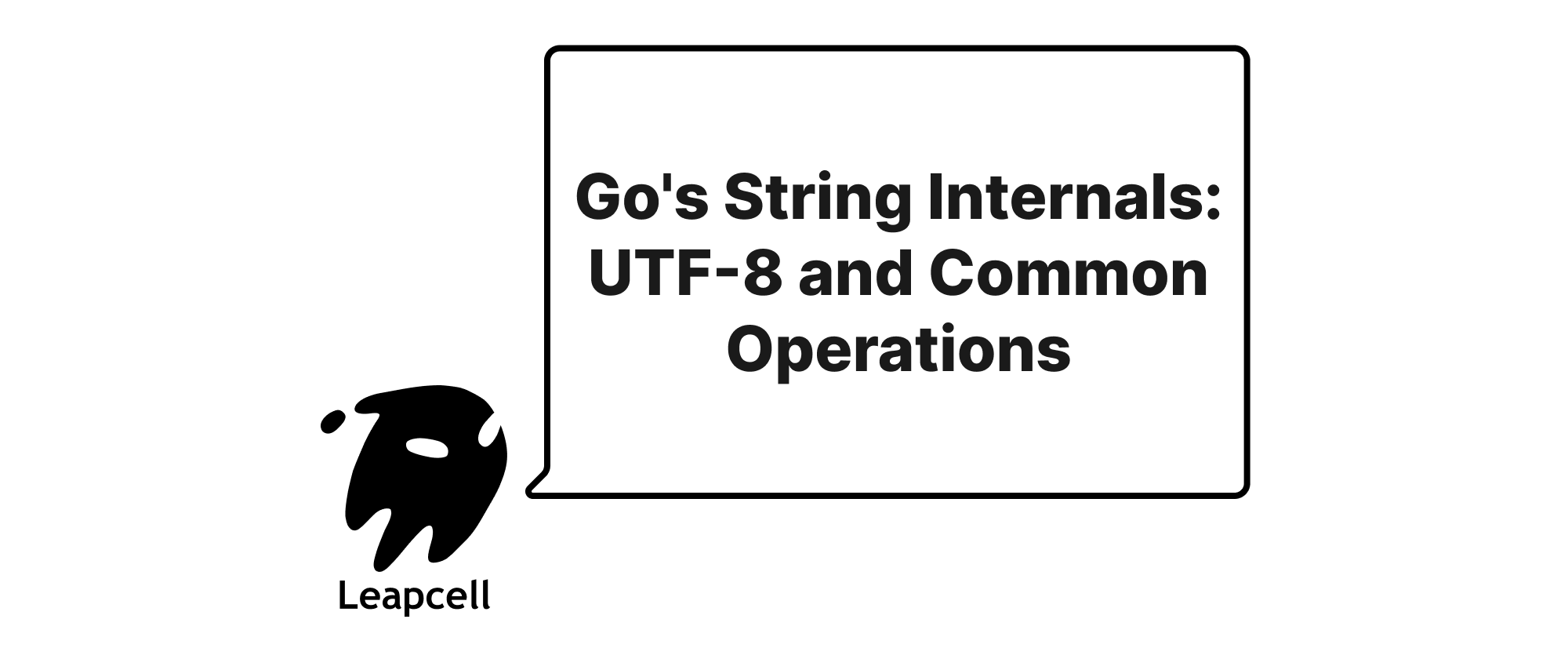
Go's String Internals: UTF-8 and Common Operations
Delving into how Go handles strings, focusing on its UTF-8 internal representation and exploring common string manipulation techniques and performance considerations.
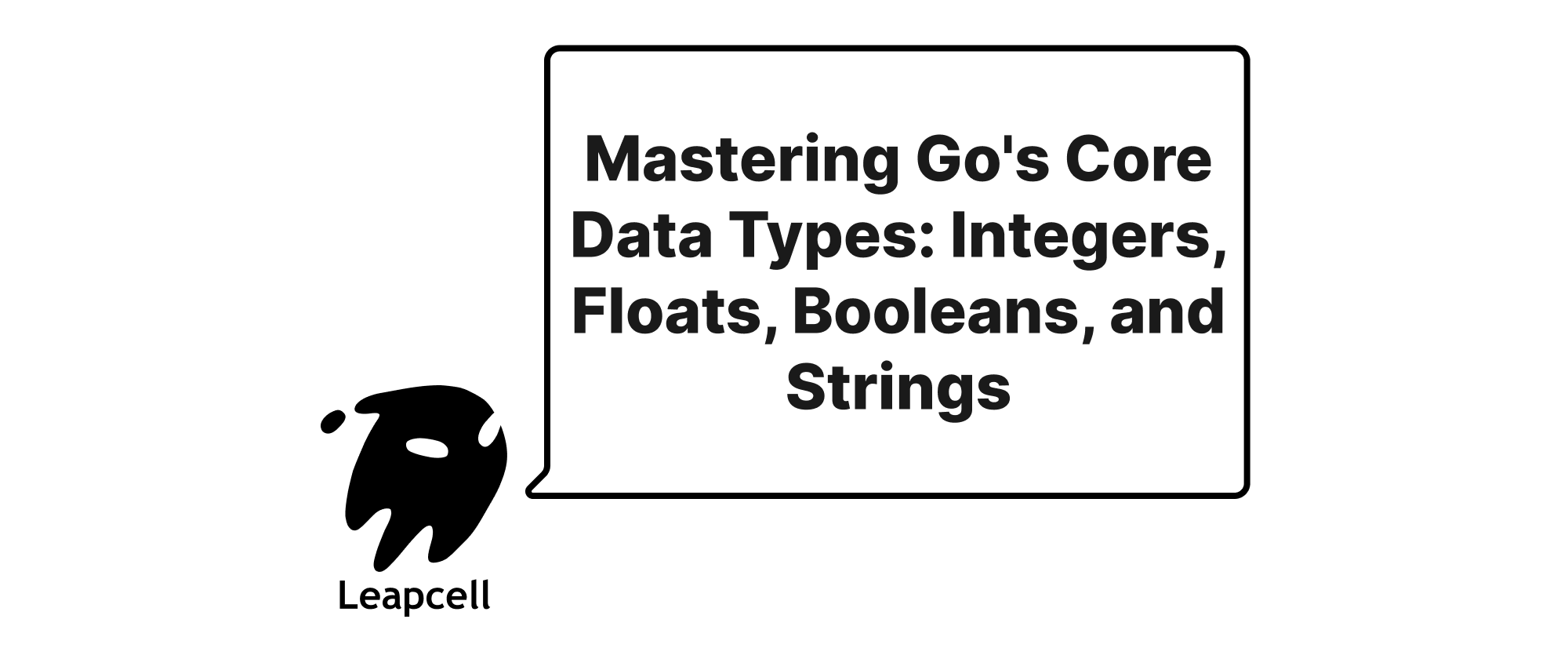
Mastering Go's Core Data Types: Integers, Floats, Booleans, and Strings
An in-depth exploration of Go's fundamental built-in data types: integers for whole numbers, floats for decimals, booleans for truth values, and strings for textual data, complete with practical examples.
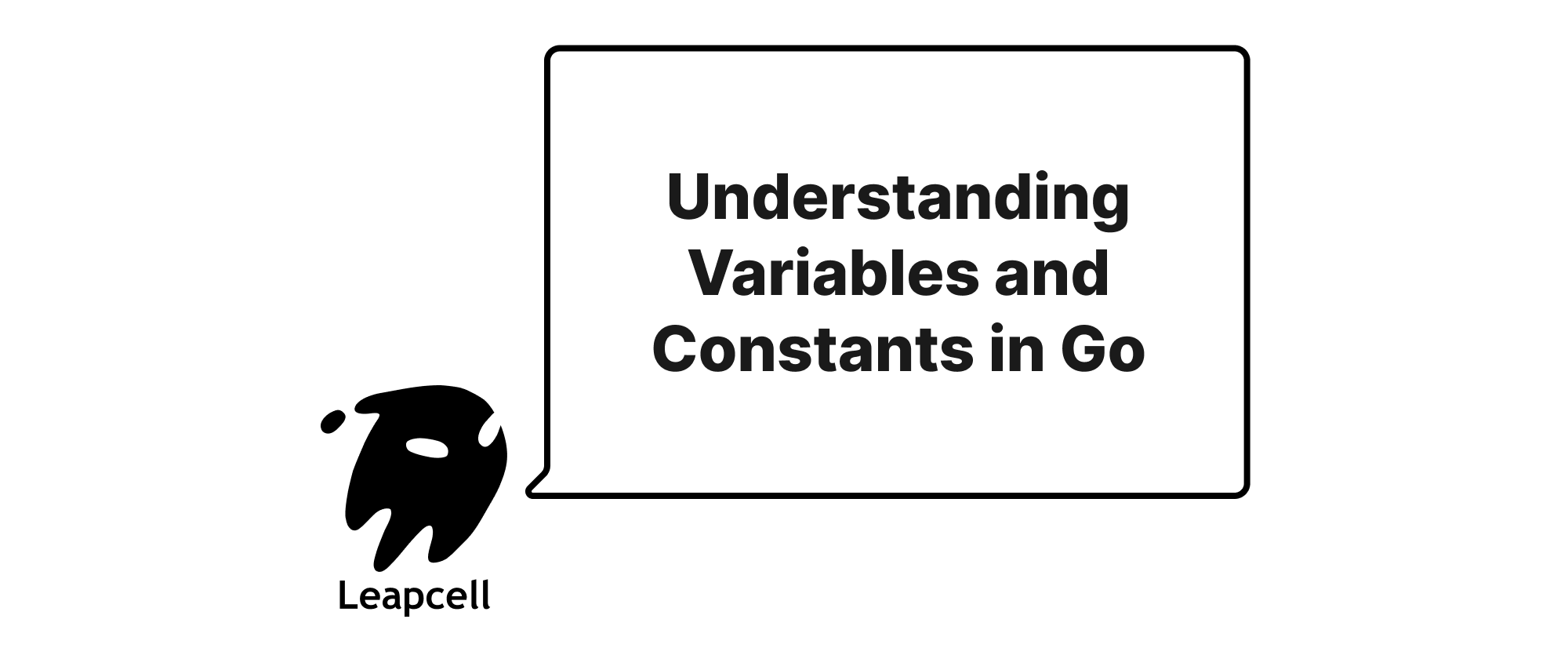
Understanding Variables and Constants in Go - Declaration, Initialization, and Scope
This article provides a comprehensive guide to declaring, initializing, and understanding the scope of variables and constants in Go, with practical code examples.

Mastering Go's Core Commands: run, build, install, and get
This article delves into the essential Go commands: `go run`, `go build`, `go install`, and `go get`. It explains their functionalities, use cases, and provides practical examples to help developers efficiently manage and deploy their Go projects.
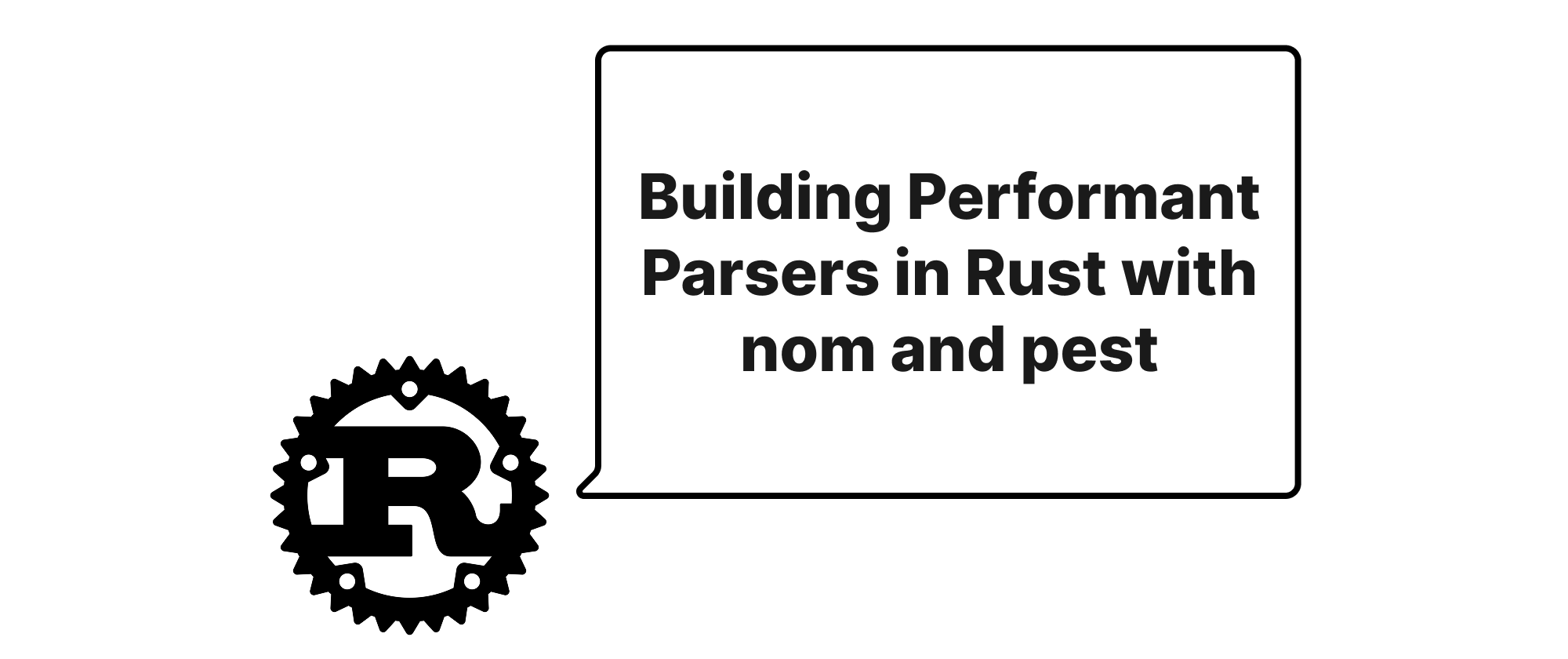
Building Performant Parsers in Rust with nom and pest
This article delves into the world of parser combinator libraries, nom and pest, for constructing efficient and robust parsers in Rust, providing practical examples and discussing their respective strengths.
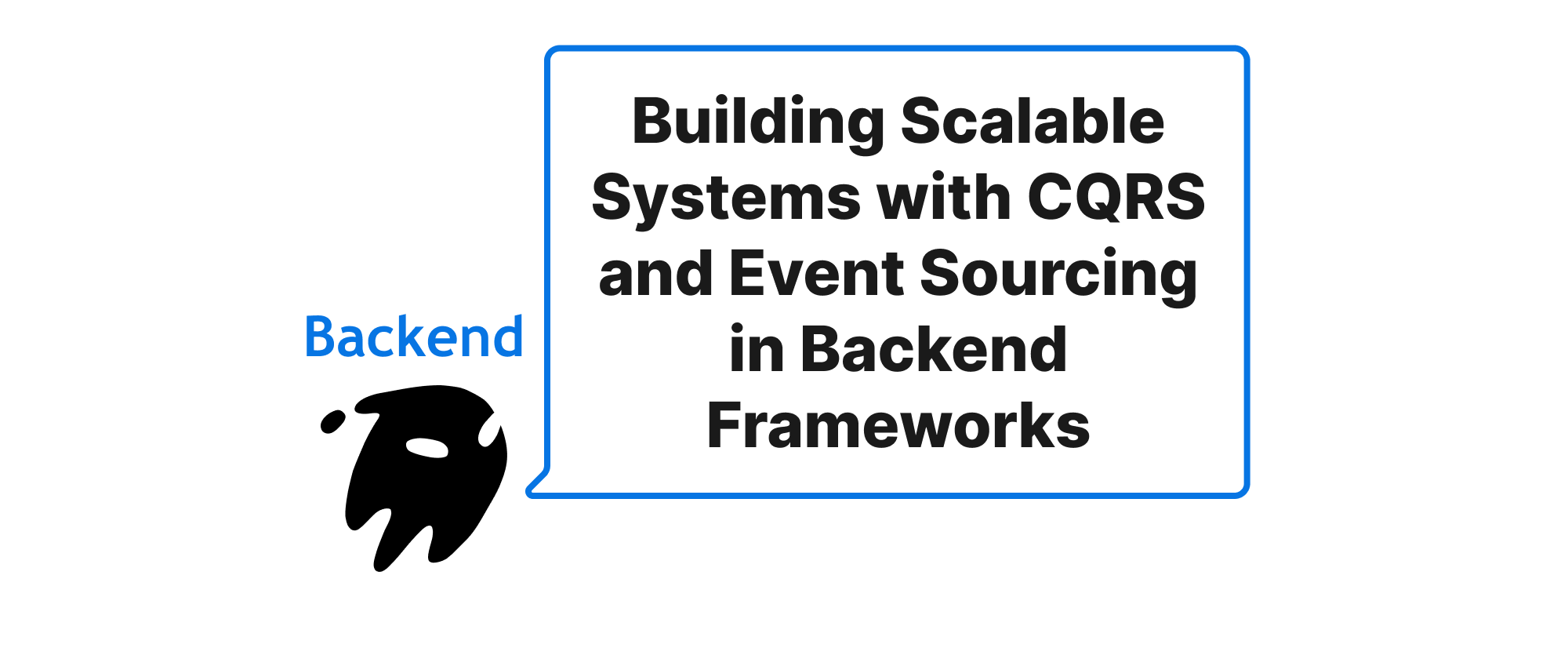
Building Scalable Systems with CQRS and Event Sourcing in Backend Frameworks
Explore the practical application of CQRS and Event Sourcing patterns using backend frameworks to craft resilient, scalable, and maintainable systems. This article delves into their core concepts, benefits, implementation details with code examples, and ideal use cases.
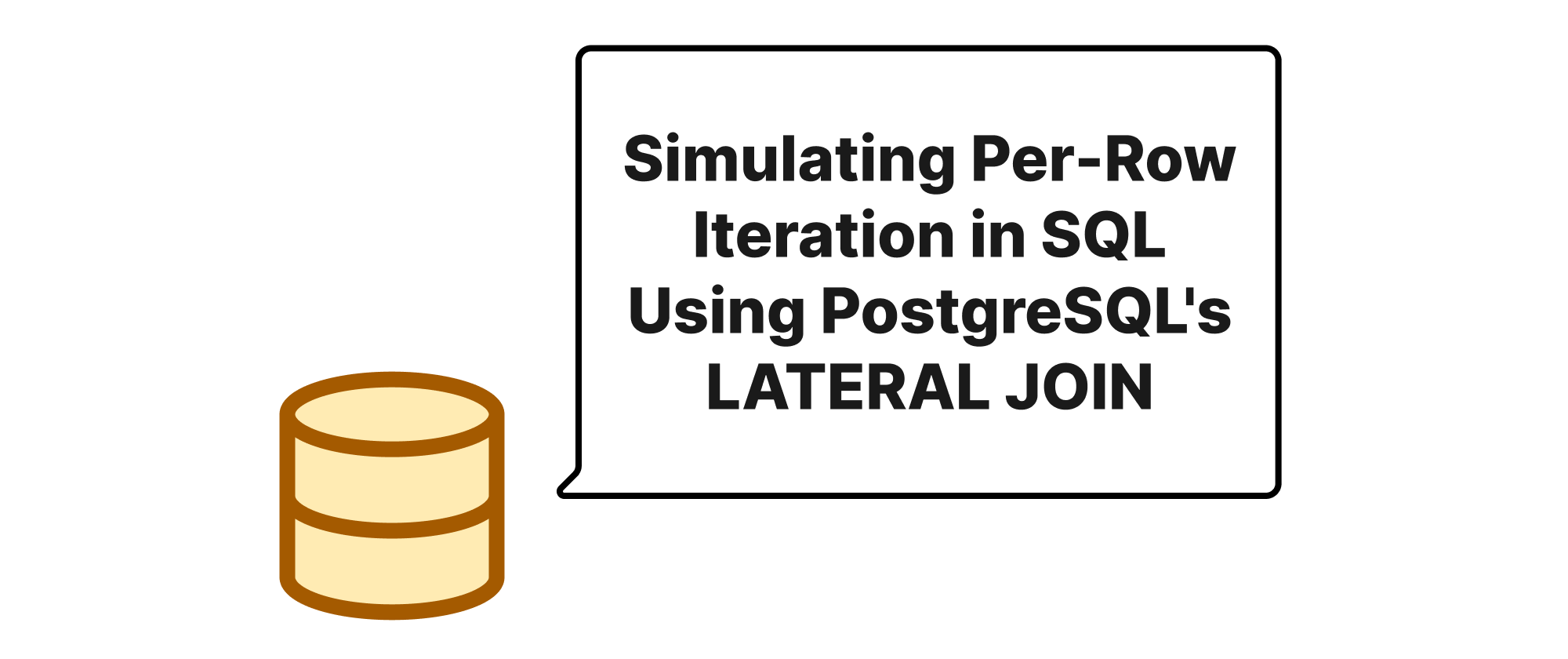
Simulating Per-Row Iteration in SQL Using PostgreSQL's LATERAL JOIN
This article delves into the unique capabilities of PostgreSQL's LATERAL JOIN for achieving per-row processing, akin to a for-each loop, within SQL. It covers the concept, its practical applications, and demonstrates how to leverage LATERAL JOIN for complex data manipulation and analysis, providing clear code examples.
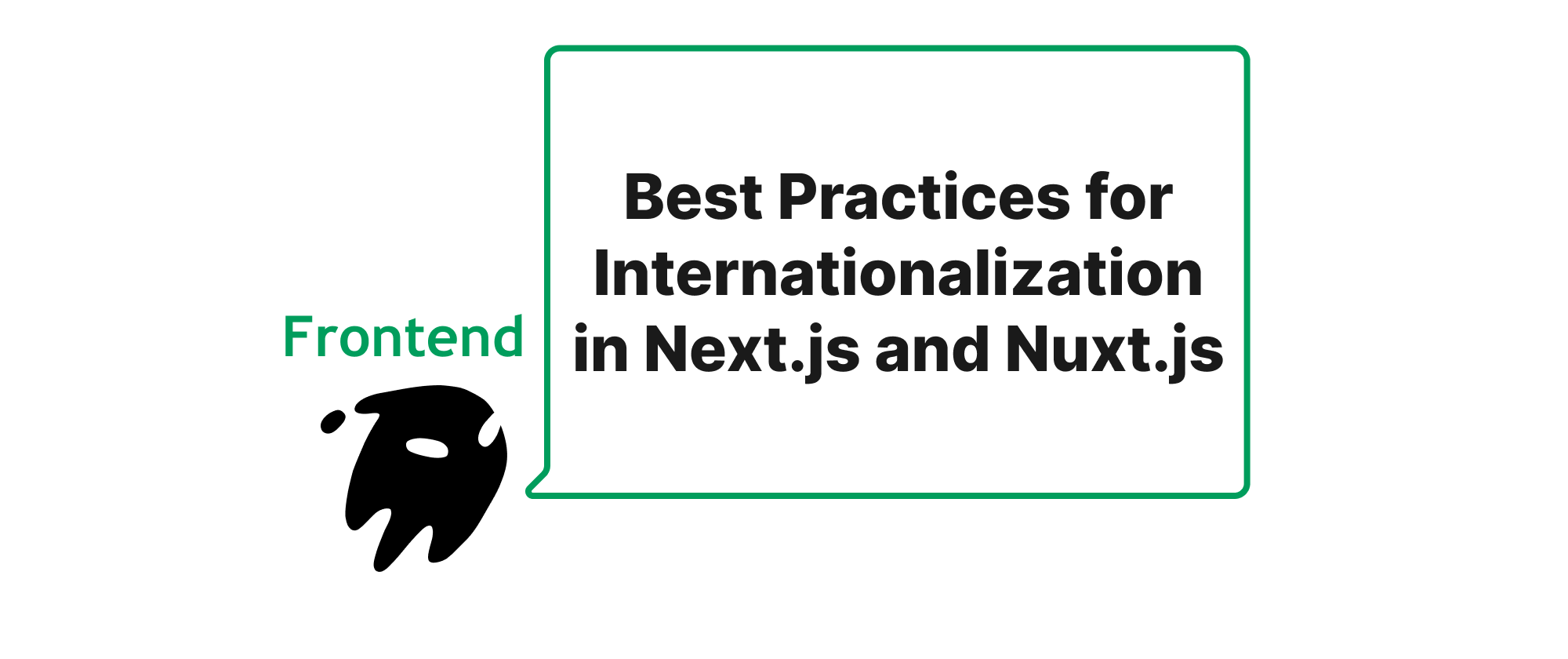
Best Practices for Internationalization in Next.js and Nuxt.js
A comprehensive guide to implementing robust i18n solutions in modern web frameworks like Next.js and Nuxt.js, covering key concepts, practical implementations, and real-world considerations.

Deep Dive into JavaScript's Memory Management and Web Performance
This article explores how JavaScript's memory heap and stack operate, their impact on web application performance, and practical ways to optimize memory usage through code examples.

Streamlining Backend Logic Moving from Bloated Controllers to a Lean Service Layer
This article delves into the crucial backend architectural shift from cumbersome controllers to a more efficient and maintainable service layer, explaining the core concepts, practical implementation with code examples, and the substantial benefits gained.

Elegant Error Handling in Go Balancing Robustness and Maintainability
Explore Go's error vs. panic mechanisms, understanding their philosophical underpinnings and practical applications, to design robust and maintainable error handling strategies.

Microfrontend Implementations Unpacked Module Federation iFrames and Web Components
A deep dive into Module Federation, iFrames, and Web Components as core technologies for building microfrontend architectures, comparing their strengths, weaknesses, and ideal use cases.

Building Modular Web Services with Axum Layers for Observability and Security
This article delves into Axum's Layer system, demonstrating how to craft custom middleware for logging, authentication, and tracing to build robust and observable web applications in Rust.

Streamlining Vue Component Design with defineModel and defineSlots
Exploring the power of Vue 3.3+ defineModel and defineSlots compiler macros for cleaner, more explicit, and maintainable component development.

Understanding and Managing the Go HTTP Request Body
This article delves into the critical importance of correctly handling the `req.Body` in Go web handlers, explaining common pitfalls, best practices, and practical code examples to ensure robust and efficient web applications.

Streamlining API Calls with a Rust Functional Macro
Explore how Rust procedural macros, specifically functional macros, can significantly reduce boilerplate and improve maintainability when interacting with external APIs, providing a practical example of abstracting common patterns into elegant, reusable code.

React 19 and Beyond Partial Hydration for Web Performance
This article delves into how frameworks like React 19 are utilizing partial hydration to significantly boost web application performance, explaining the core concepts, implementation, and practical benefits.

TimescaleDB's Time-Series Advantage Over Native Partitioning and Indexing
Exploring whether TimescaleDB extensions offer a superior solution for time-series data compared to PostgreSQL's native partitioning and indexing, delving into technical comparisons and practical implications.

Your First Go Program: A Gentle Introduction to "Hello, World!"
This article guides beginners through the process of writing, understanding, and executing their very first Go program, the classic "Hello, World!", laying the foundational knowledge for future Go development.

From Monolithic Workspaces to Modular Clarity: Understanding Go's Dependency Management Evolution
This article delves into the transformative journey of Go's dependency management, from the early, centralized `GOPATH` model to the modern, decentralized, and highly effective Go Modules. It explores the challenges posed by `GOPATH`, the community's drive for better solutions, and the comprehensive features and benefits introduced by Go Modules, complete with practical code examples illustrating each era.

A Comprehensive Guide to Setting Up Your Go Development Environment
This article provides a detailed, cross-platform guide to installing, configuring, and verifying your Go development environment on Windows, macOS, and Linux, complete with essential tools and best practices for modern Go projects.

Go's Core Features
An in-depth exploration of Go's key architectural features, including its robust concurrency model, efficient garbage collection, and benefits of static compilation, accompanied by practical code examples.

The Origins and Design Philosophy of Go Language
An exploration into the motivations behind the creation of Go, the problems it sought to solve, and the core design principles that have shaped its unique identity and widespread adoption in modern software development.

Seamless Authentication in Nuxt 3 with Authjs NextAuthjs
A comprehensive guide to integrating Auth.js (NextAuth.js) into Nuxt 3 for a robust and secure authentication experience, covering concepts, implementation, and practical examples.

Building Dynamic API Clients and ORMs with JavaScript Proxy
Discover how JavaScript Proxy objects can revolutionize the way you interact with backend services, enabling dynamic API clients and powerful ORM-like interfaces with minimal code.

Why Modern Web Frameworks Embrace Statelessness
Exploring the advantages and underlying principles of stateless design in contemporary backend frameworks like Go and Node.js.

Harnessing Go's reflect Package Power and Pitfalls
Understanding when and how to leverage Go's reflect package, while mitigating its performance implications, for robust and flexible applications.

Budgeting for Speed Keeping Your Web App Agile
Explore the critical practice of performance budgeting in web development, from defining metrics to integrating into CI pipelines, ensuring your applications remain fast and user-friendly.
